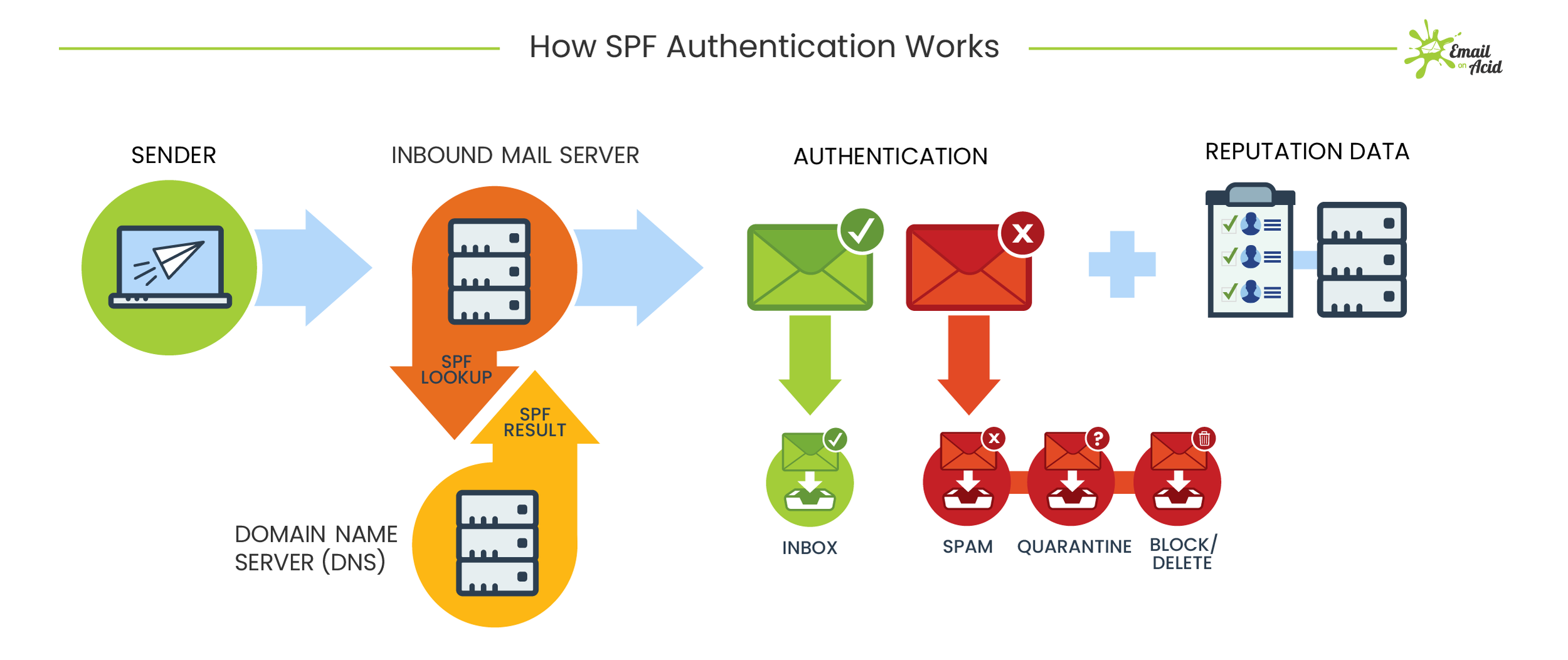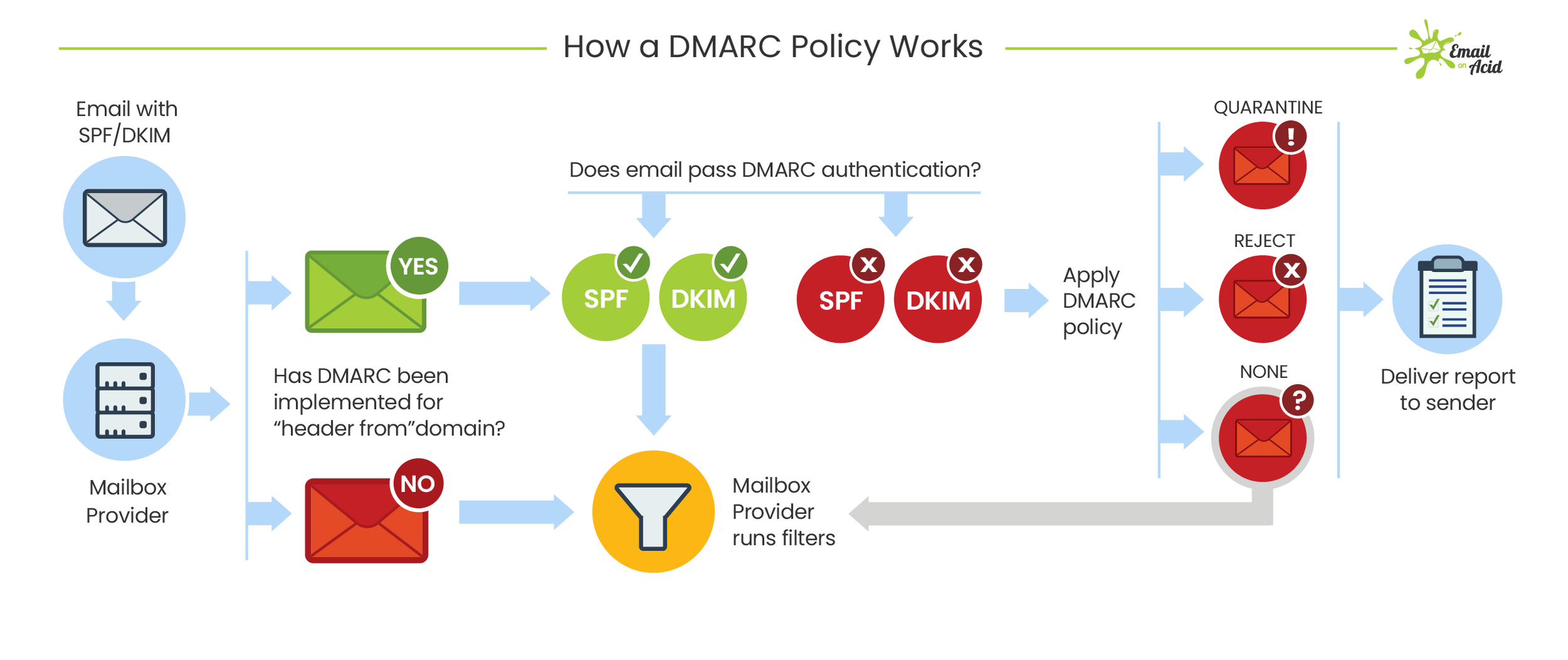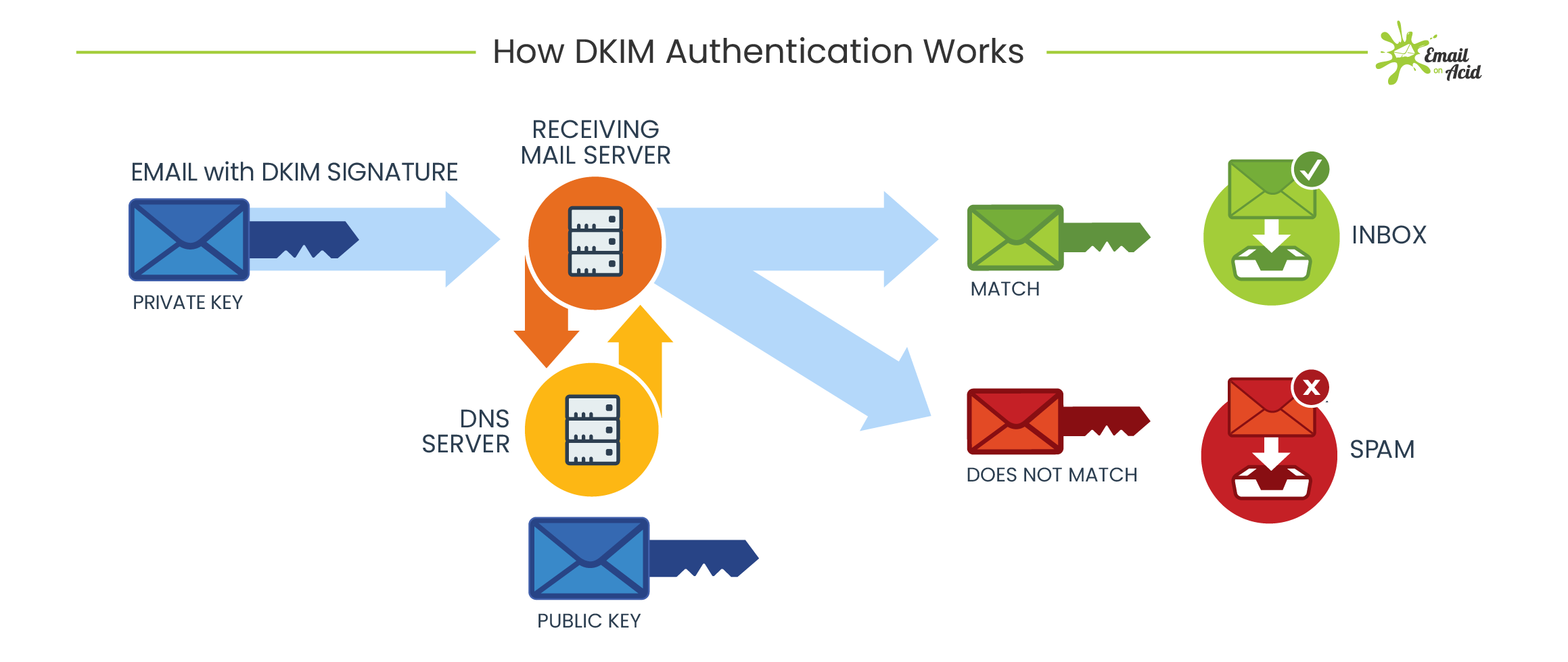Mobile device management (MDM) is a type of security software used by an IT department to monitor, manage and secure employees' mobile devices that are deployed across multiple mobile service providers and across multiple mobile operating systems being used in the organization. Mobile device management (MDM) capabilities give you the fundamental visibility and IT controls needed to secure, manage, and monitor any corporate or employee owned mobile device or laptops that accesses business critical data.
Mobile device management (MDM) solution provides immediate, on-device threat protection, protecting against device, app and network threats even when the device is offline.d:
Detect the attack immediately
Notify the device user through mobile clients and enterprise admin through centralized console
Take preventive actions to protect company data through custom compliance actions
Administrators can use our capabilities to find all the devices that have the vulnerable versions of WhatsApp on them and assign compliance actions to only those devices, while not affecting the productivity of users running updated version of the compromised app.
Benefits of Mobile device management (MDM)
More control and security
An effective MDM system guarantees the protection of company data, e-mails, and confidential documents. If a device is lost or stolen, the administrator can easily lock, disconnect, or lock the mobile device. SIM cards can also be blocked for employees’ mobile devices and if somebody tries to transfer the SIM to another device they will need a PUK code.
MDM offers better control over their devices. For example, a company’s sales employee will not have to register and configure all devices used by their sales agents. Instead, you can configure the device and use the security software automatically. Certain tools and applications can also be sent to agent devices. If you want the app to be configured at start-up or if you want an automatic application or replacement updates throughout the enterprise, you can easily do it manually without having to call the device.
Powerful and Highly Efficient Management
Practically, mobile devices can distract employees. If organizations want to limit or prohibit the use of certain apps on their devices and avoid unnecessary data costs, IT managers can block YouTube, Facebook, or other social media apps. Take, for example, the company’s rescue services. As drivers need to focus on the road, some companies use MDM to prevent them from using other apps than the transport app and Waze or Google Maps while driving. This not only ensures operational efficiency, but also security
Increased flexibility
Working from anywhere with a mobile device gives access to relevant files anytime, anywhere and in any situation. Some tools gives you that luxury, for example, the vendors of the company do not need to download the resources separately from different portals. The centralized MDM system enables more efficient distribution of business documents, such as training forms and learning materials, accessible only to authorized individuals.
Find the right MDM solution
As the businesses focus on productivity, efficiency, and security, and with more and more companies choosing BYOD (Bring your own device), MDM is ready to respond to feature requests that help them take control of the device while providing their employees with freedom, security, and productivity.











